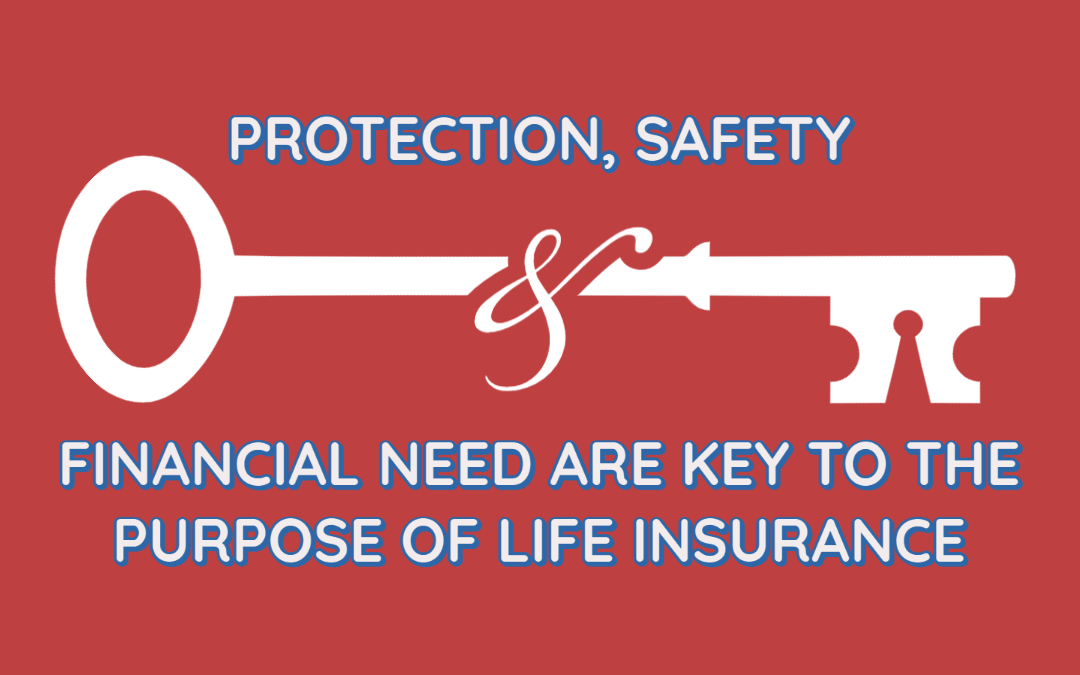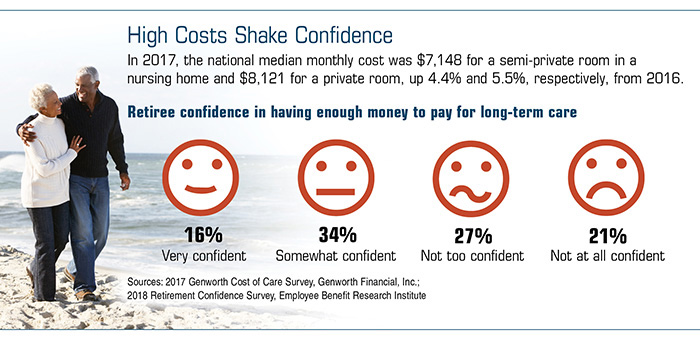The Greatest Guide To Pacific Prime
The Greatest Guide To Pacific Prime
Blog Article
The Best Guide To Pacific Prime
Table of ContentsHow Pacific Prime can Save You Time, Stress, and Money.The 10-Minute Rule for Pacific PrimePacific Prime - The FactsPacific Prime for DummiesThe 8-Minute Rule for Pacific Prime

This is because the information were accumulated for a period of solid economic efficiency. Of the estimated 42 million individuals who were without insurance, almost concerning 420,000 (regarding 1 percent) were under 65 years of age, the age at which most Americans come to be eligible for Medicare; 32 million were adults between ages 18 and 65, about 19 percent of all grownups in this age group; and 10 million were children under 18 years old, about 13.9 percent of all youngsters (Mills, 2000).
These quotes of the number of persons without insurance are generated from the yearly March Supplement to the Existing Population Study (CPS), conducted by the Census Bureau. Unless otherwise noted, nationwide price quotes of individuals without medical insurance and percentages of the populace with various kinds of protection are based upon the CPS, one of the most commonly made use of source of quotes of insurance policy protection and uninsurance prices.
The 6-Minute Rule for Pacific Prime

Still, the CPS is specifically helpful since it produces annual price quotes reasonably swiftly, reporting the previous year's insurance policy coverage approximates each September, and due to the fact that it is the basis for a constant set of estimates for more than two decades, allowing for analysis of trends in insurance coverage in time. For these reasons, along with the comprehensive use the CPS in other researches of insurance protection that are offered in this report, we depend on CPS price quotes, with restrictions kept in mind.

The quote of the number of without insurance people broadens when a population's insurance policy status is tracked for numerous years. Over a three-year period starting early in 1993, 72 million individuals, 29 percent of the united state populace, lacked insurance coverage for a minimum of one month. Within a solitary year (1994 ), 53 million individuals experienced a minimum of a month without coverage (Bennefield, 1998a)
Six out of every 10 without insurance grownups are themselves employed. Functioning does boost the probability that one and one's family members will certainly have insurance, it is not a guarantee. Also members of family members with 2 full-time wage income earners have nearly a one-in-ten chance of being without insurance (9.1 percent uninsured price) (Hoffman and Pohl, 2000).
Not known Details About Pacific Prime
New immigrants account for a significant proportion of individuals without health insurance policy. One evaluation has connected a considerable section of the recent development in the size of the united state uninsured population to immigrants that showed up in the nation between 1994 and 1998 (Camarota and Edwards, 2000). Current immigrants (those that involved the United States within the past 4 years) do have a high price of being without insurance (46 percent), however they and their youngsters account for just 6 percent of those without insurance policy country wide (Holahan et al., 2001).
The partnership in between medical insurance and accessibility to care is well developed, as documented later in this phase. Although the relationship between health and wellness insurance policy and health end results is neither direct neither simple, a substantial scientific and wellness solutions study literary works web you can try here links medical insurance coverage to enhanced accessibility to care, far better high quality, and improved individual and population wellness status.
Degrees of analysis for analyzing the results of uninsurance. It focuses specifically on those without any type of health insurance policy for any type of size of time.
Pacific Prime - Truths
The troubles faced by the underinsured are in some respects similar to those faced by the uninsured, although they are typically less serious. expat insurance. Uninsurance and underinsurance, nonetheless, entail noticeably various plan issues, and the strategies for addressing them may differ. Throughout this research and the 5 records to follow, the main focus is on persons with no medical insurance and thus no assistance in paying for healthcare past what is readily available through charity and safeguard establishments
Wellness insurance is an effective aspect influencing invoice of treatment since both individuals and doctors respond to the out-of-pocket cost of services - https://www.metal-archives.com/users/pacificpr1me. Medical insurance, nonetheless, is neither required neither sufficient to get to clinical services. Nonetheless, the independent and straight result of medical insurance coverage on access to health and wellness services is well established.
Others will certainly get the healthcare they need also without health insurance, by paying for it expense or seeking it from carriers who use treatment cost-free or at highly subsidized rates. For still others, medical insurance alone does not make sure receipt of care due to various other nonfinancial barriers, such as an absence of wellness care companies in their community, minimal access to transport, illiteracy, or linguistic and social differences.
Pacific Prime Fundamentals Explained
Formal research study regarding uninsured populations in the United States dates to the late 1920s and early 1930s when the Committee on the Expense of Treatment created a collection of records regarding funding medical professional office gos to and hospitalizations. This concern ended up being salient as the varieties of medically indigent climbed up during the Great Depression.
Report this page